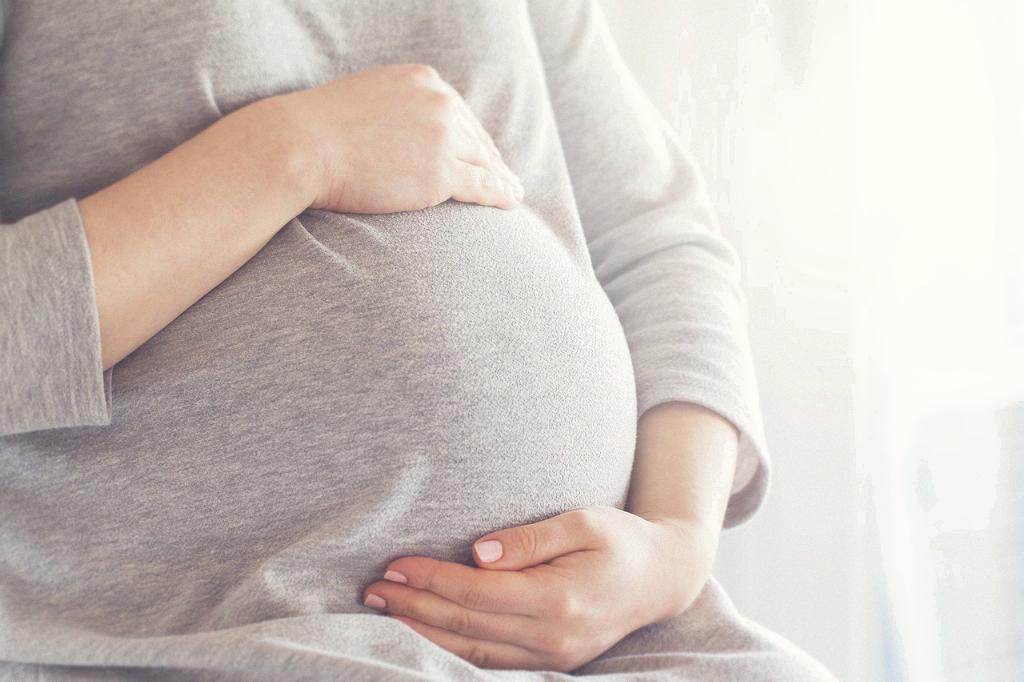During pregnancy, some women may experience a bothersome and uncomfortable skin condition known as PUPPP, which stands for pruritic urticarial papules and plaques of pregnancy. These itchy rashes can appear usually in the third trimester, although they might occur earlier in some cases.
What Causes PUPPP Rash?
The exact cause of PUPPP rash is not definitively known, but it is believed to be linked to the stretching of the skin during pregnancy, especially around the abdomen where stretch marks typically form. Hormonal changes might also play a role in triggering this itchy eruption.
Symptoms of PUPPP Rash
Typically, the PUPPP rash begins as small, red bumps within stretch marks on the abdomen, and then spreads to other parts of the body, such as the thighs, buttocks, arms, and legs. The bumps can merge to form larger, hivelike patches.
Itchiness and Discomfort
One of the most significant symptoms of PUPPP rash is the intense itching that accompanies it. The itching can be so severe that it can interfere with daily activities and disrupt sleep patterns, causing immense discomfort for expecting mothers.
Diagnosis and Treatment
Diagnosing PUPPP rash usually involves a physical examination by a healthcare provider. Treatment options may include topical creams, antihistamines to reduce itching, and in severe cases, oral steroids. It is essential to consult a healthcare professional before starting any treatment.
Managing the Itch
While dealing with the itchiness of PUPPP rash, there are some steps you can take to alleviate the discomfort. Applying cool compresses, wearing loose-fitting clothing, and using mild, fragrance-free skincare products can help soothe the skin.
Preventing PUPPP Rash
Unfortunately, there is no foolproof way to prevent PUPPP rash during pregnancy, as its exact cause is not entirely understood. However, maintaining good skin hydration and avoiding excessive scratching may help reduce the risk of developing this condition.
Effect on Pregnancy
While PUPPP rash can be frustrating and uncomfortable, it typically does not pose a risk to the pregnancy itself. However, the itchiness and discomfort can significantly impact the quality of life for pregnant women, making it essential to address the symptoms.
Emotional Impact
Coping with the physical discomfort of PUPPP rash can also take a toll emotionally. Feeling itchy and irritable for an extended period can contribute to stress and anxiety. It’s crucial to seek support from healthcare providers, partners, and support groups to manage the emotional aspect of this condition.
Postpartum Resolution
Typically, PUPPP rash resolves on its own after delivery, usually within a few weeks. However, in some cases, the rash may persist for a more extended period. Establishing a postpartum skincare routine and staying hydrated can aid in the healing process.
Consulting a Professional
If you suspect you have PUPPP rash or experience any concerning symptoms during pregnancy, it’s crucial to consult your healthcare provider promptly. They can provide an accurate diagnosis and recommend appropriate treatment options to manage the condition effectively.
Conclusion
Itchy eruptions like PUPPP rash can be a challenging aspect of pregnancy, but with the right care and support, you can navigate through it. Understanding the symptoms, seeking proper diagnosis, and following recommended treatments can help alleviate the discomfort and ensure a smoother pregnancy experience.

